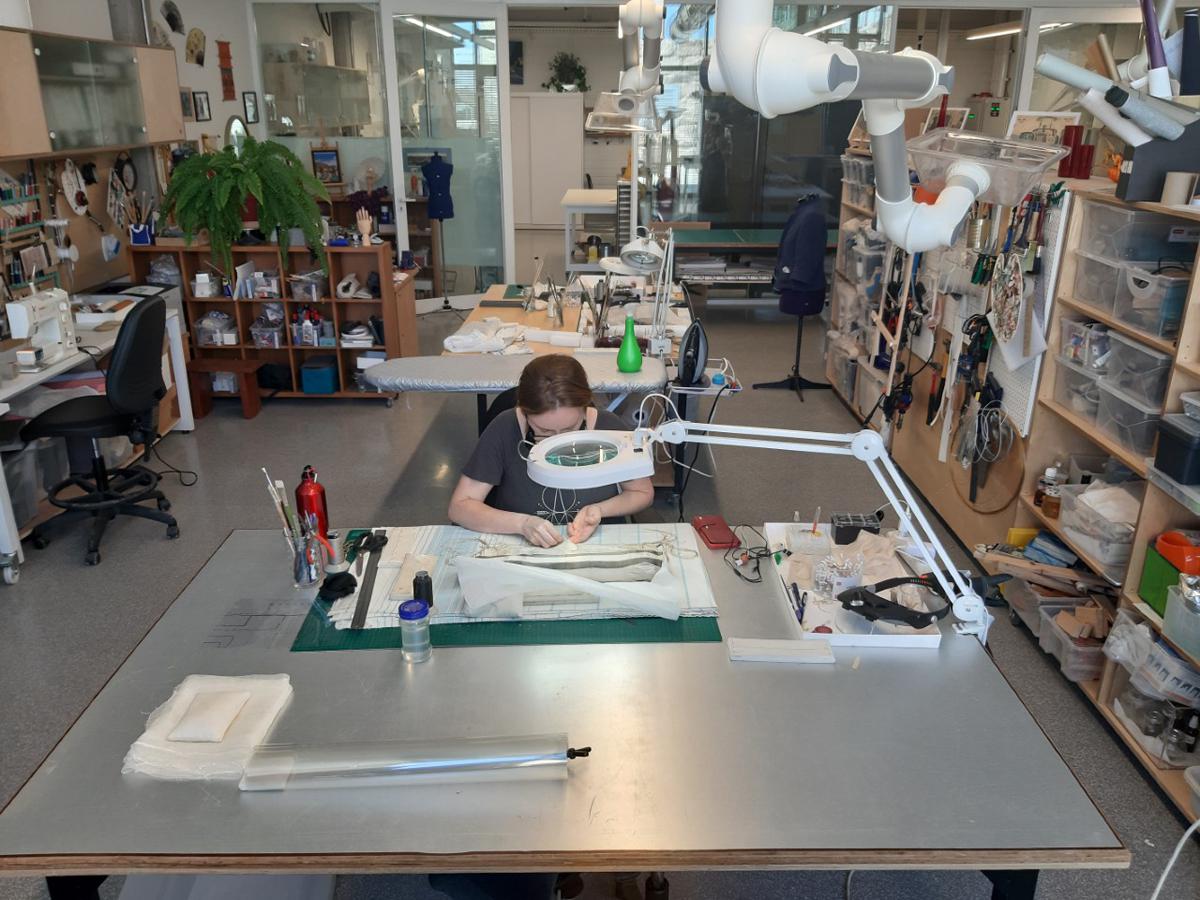
Yad Vashem

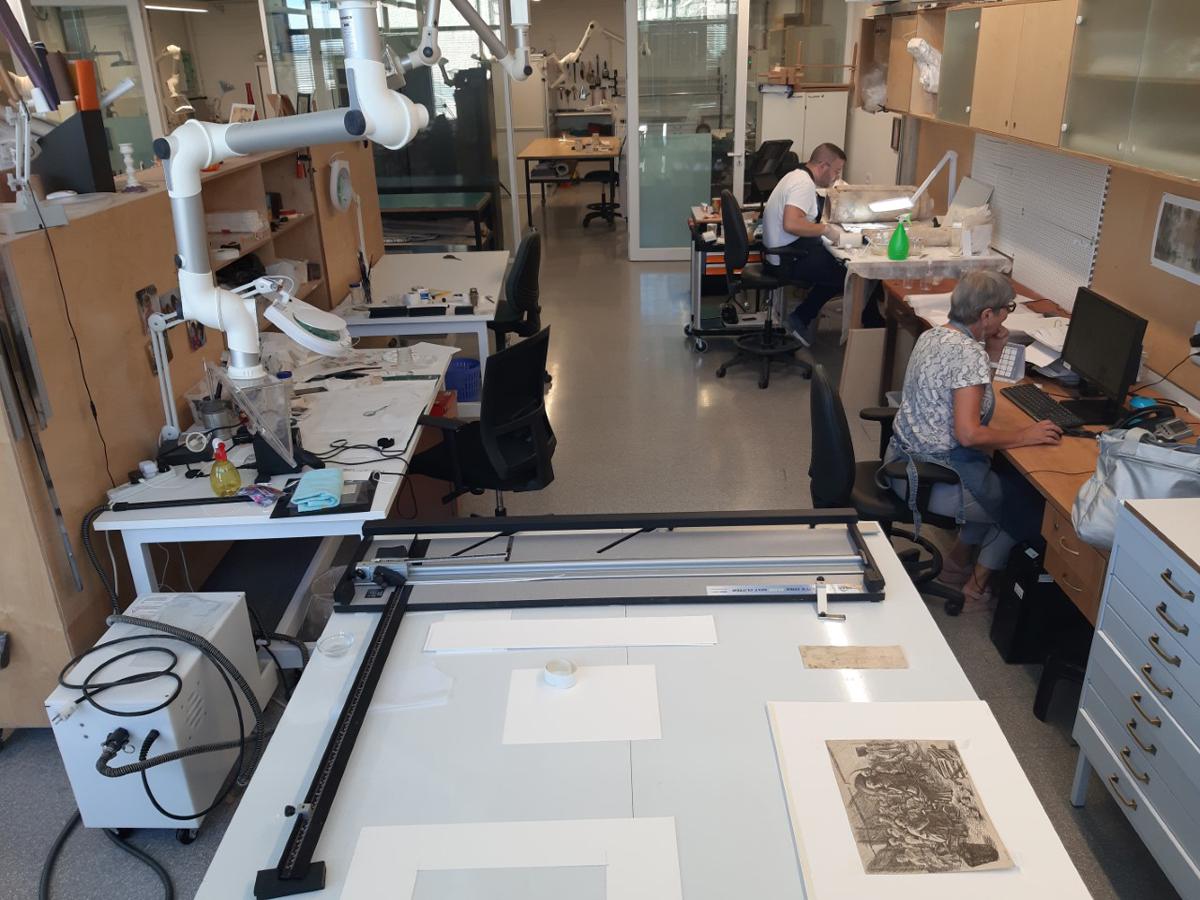
Yad Vashem

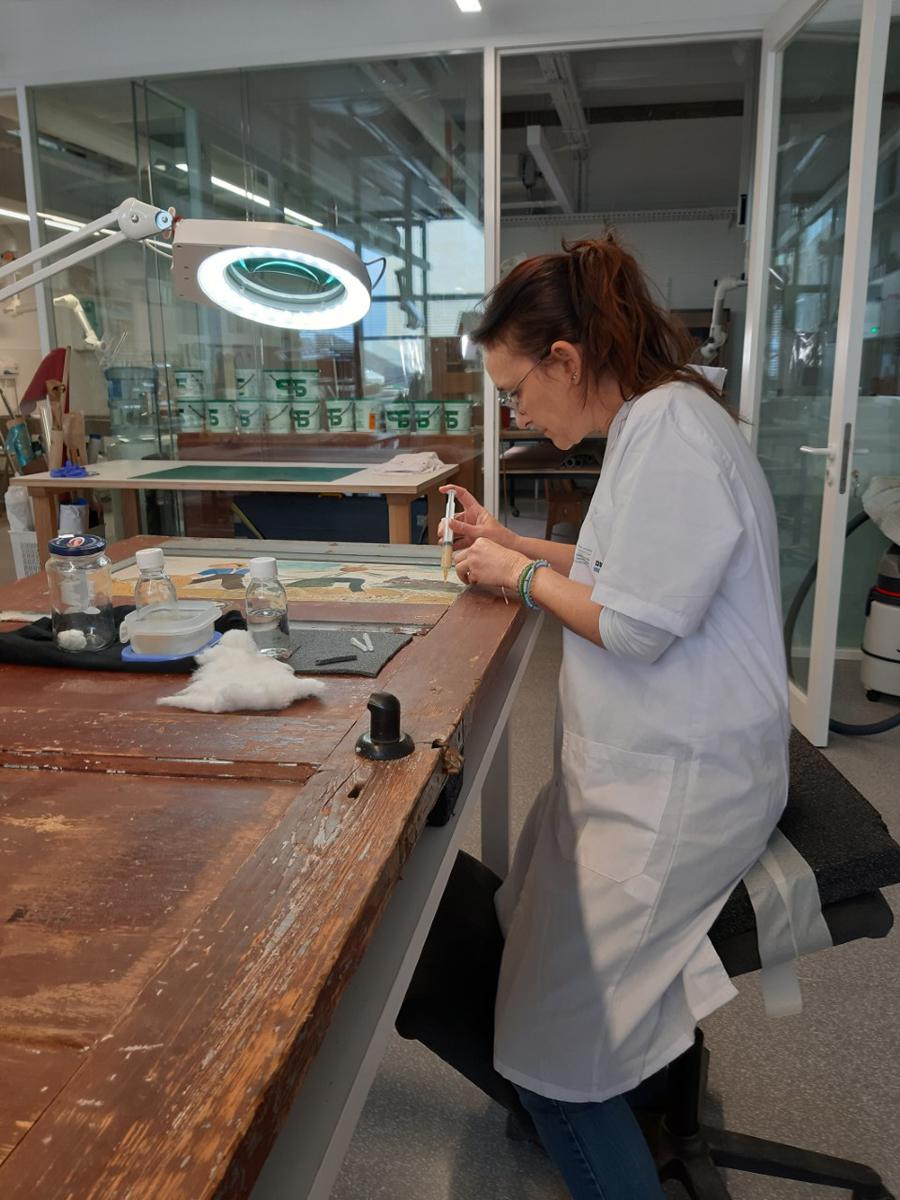
Yad Vashem

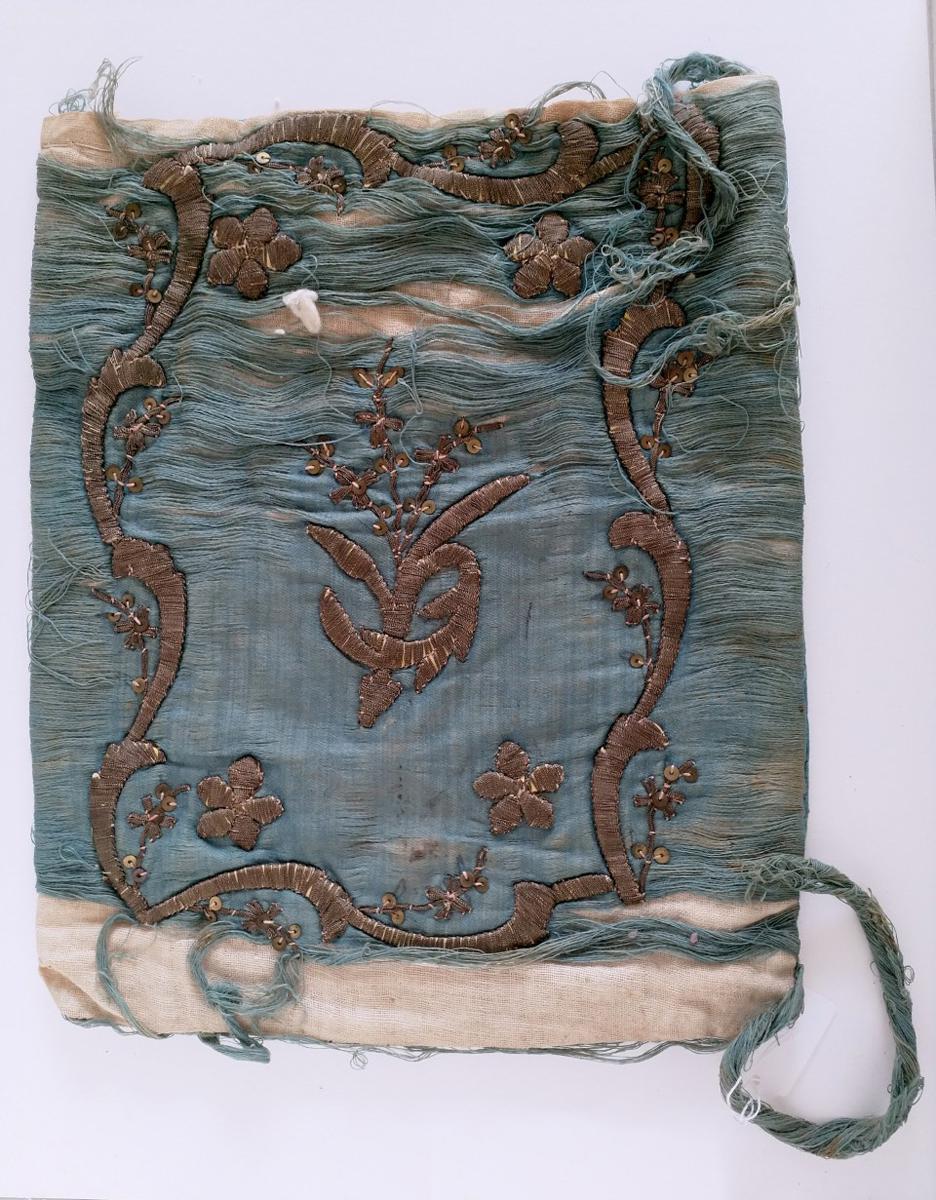
Yad Vashem

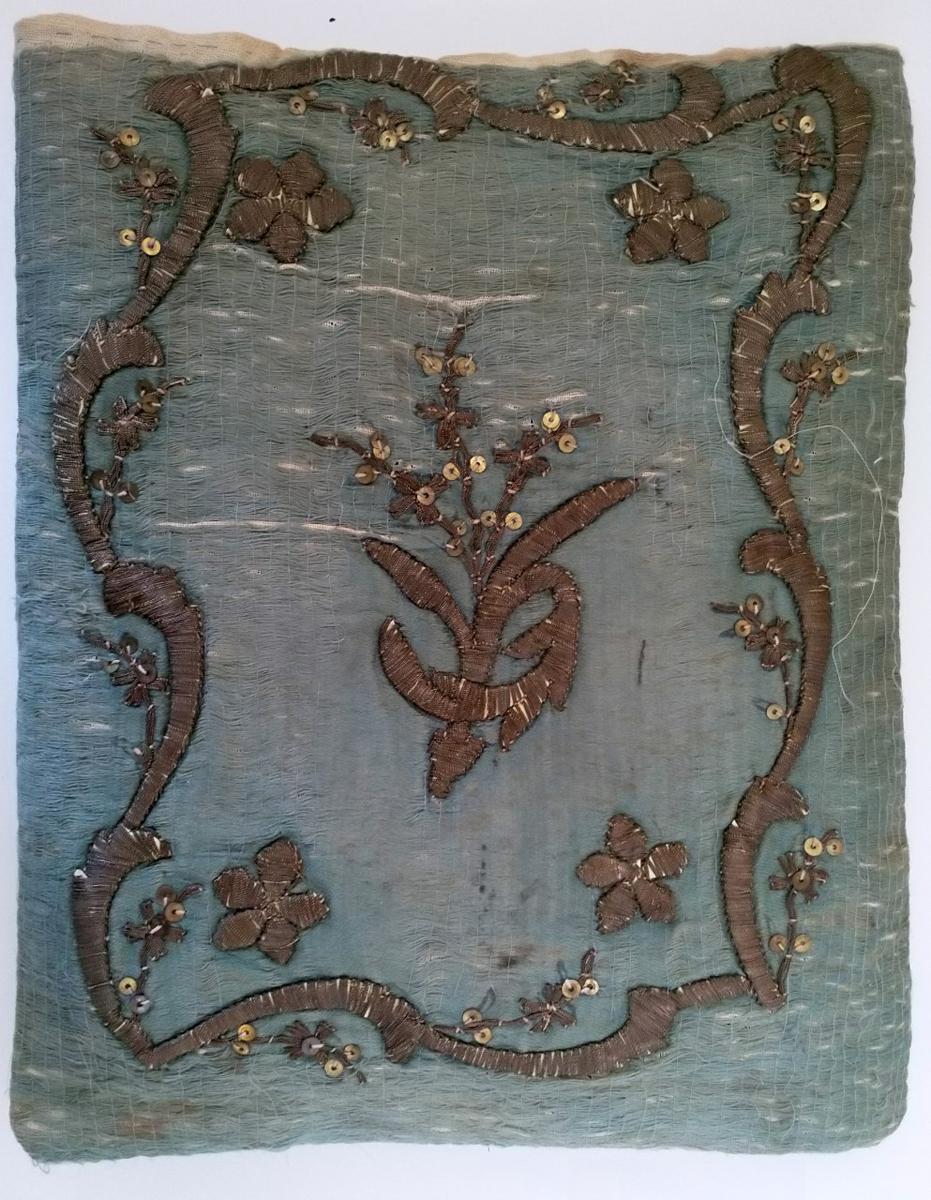
Yad Vashem

In this second installment of a two-part interview, Noga Schusterman, Head of the Restoration Section in Yad Vashem's Museums Division, explores the efforts made today in order to safeguard Yad Vashem's irreplaceable collections for the future.
What are the most unusual objects you have treated in the Restoration Laboratory?
There are a number of unexpected objects in Yad Vashem's Collections. For example, an old wooden press and a lamppost from the Warsaw ghetto, or large cabinets and even an enormous tree trunk that were used as hiding places for Jews during the Holocaust.
The tree trunk was donated to Yad Vashem in 2007 by Yaakov Silberstein. Born in Poland, Yaakov was deported to Auschwitz, but managed to escape during a death march. He was hidden by a Czech farmer, and every time a German patrol came to check the area, Yaakov hid in the trunk.
At first, at the request of the donor, the trunk was on display outdoors, in the Garden of the Righteous Among the Nations, but its condition rapidly deteriorated. We then decided to store it indoors, to prevent further environmental damage. When presented to the public, the visitor immediately understands that the space in the tree allows a person to hide inside.
We also have an old wooden cart, which was owned by the Talarek family from the Polish town of Przasnysz. Shortly after the outbreak of WWII, Zvi and Rachel (née Laufer) Talarek fled with their one-year-old daughter Miriam, as well as Rachel’s parents and younger brother Pesach-Misha, to Soviet-controlled Bialystok. From there, the family was deported by the authorities to Siberia, where Rachel gave birth to a son. Once the family was permitted to leave Siberia, they attempted to make their way to Uzbekistan. On the way, the baby boy and Rachel's parents perished, while Pesach-Misha disappeared. In January 1945, Rachel gave birth to a daughter, Yaffa, while the family wandered in Bukhara. Upon the war’s end, the Talareks returned to Poland briefly and then settled in a DP camp in Germany. In 1949, they immigrated to Israel, where their daughter, Sarah, was born. At some point after the war's end, the family managed to regain contact with Pesach-Misha. The Talareks held on to the cart they had used during their wartime journey and managed to bring it to Israel. However, it did not fit in their home, and thus remained in the possession of Rachel’s older brother Yisrael.
The cart represents the flight of Jews across Europe and North Africa during the Holocaust, as well as the relocation of many of them into ghettos. Missing some parts and in poor condition, the appearance of the cart reflects the damage it bore during its journey through both time and geographical space. We will make sure that even after we complete its restoration, the visitor will easily recognize which pieces were from the Holocaust period, and which have been restored.
What will happen to the thousands of artifacts and artworks in Yad Vashem's Collections? They can't all possibly be displayed at once.
All of the artifacts have the potential to be placed on permanent display or included as part of a future temporary exhibition. Thus, they have been repaired and conserved in optimal conditions, in order to preserve their appearance. This is how we pave the way for the next generations. What is not displayed today may be displayed tomorrow, or perhaps far ahead in the future. We cannot predict what the curators and historians will be interested in in another ten or twenty years.
In other words, today we must restore the artifacts of yesterday, for the sake of tomorrow. This approach is consistent with Yad Vashem's general approach: remembering the past to secure the future.
In order to do ensure their conservation, Yad Vashem recently launched an impressive project: the establishment of the new Moshal Shoah Legacy Campus, that will include state-of-the art storage for all of Yad Vashem's Collections within the David and Fela Shapell Family Collections Center. In addition, there will be a floor for experts to work on preservation and restoration of the current and incoming items, as well as display galleries and other workspaces. The restoration floor will include a number of work areas, one for each type of material, including wood, metal and glass, currently being taken care of by external service providers.
Currently under construction, the Moshal Campus will include another planned technical improvement: a room for scientific testing that will analyze the ink, paper, pigments and colors used in the creation of each artifact. This will allow us to explore and document additional elements of each artifact, and also assist in their historical research – a central component of our work at Yad Vashem.
How will your work affect future endeavors in Holocaust Remembrance?
There are many potential bridges between restoration and research. The work undertaken on one artifact can enable us to learn about another. For example, our collection of yellow badges allows researchers to conduct studies to analyze the differences in the badges according to the country in which they were worn: their shape, the fabric used in their creation, and more. In the case of paintings, the type of paper used makes it possible to learn about the artists and his or her surroundings.
Therefore, we make sure to properly document and record each stage of our work. Each object has an identification sheet, in which all the information we know about it appears. Even the repairs made by the workshop are in themselves indications: the tools and materials used during the repairs, as well as the method of repair.
Above all, we must remember that technology in the field of restoration will continue to evolve. We want to leave traces of all our actions so that the restoration workers who succeed us can return to our work and improve it. In restoration everything is reversible, but nothing should change the object itself – which will forever stand witness to the multifaceted history of the Holocaust.
To read the first section “The Restoration Lab: Preserving Artifacts and the Stories They Tell".
This blog is based on a blog originally published in French









